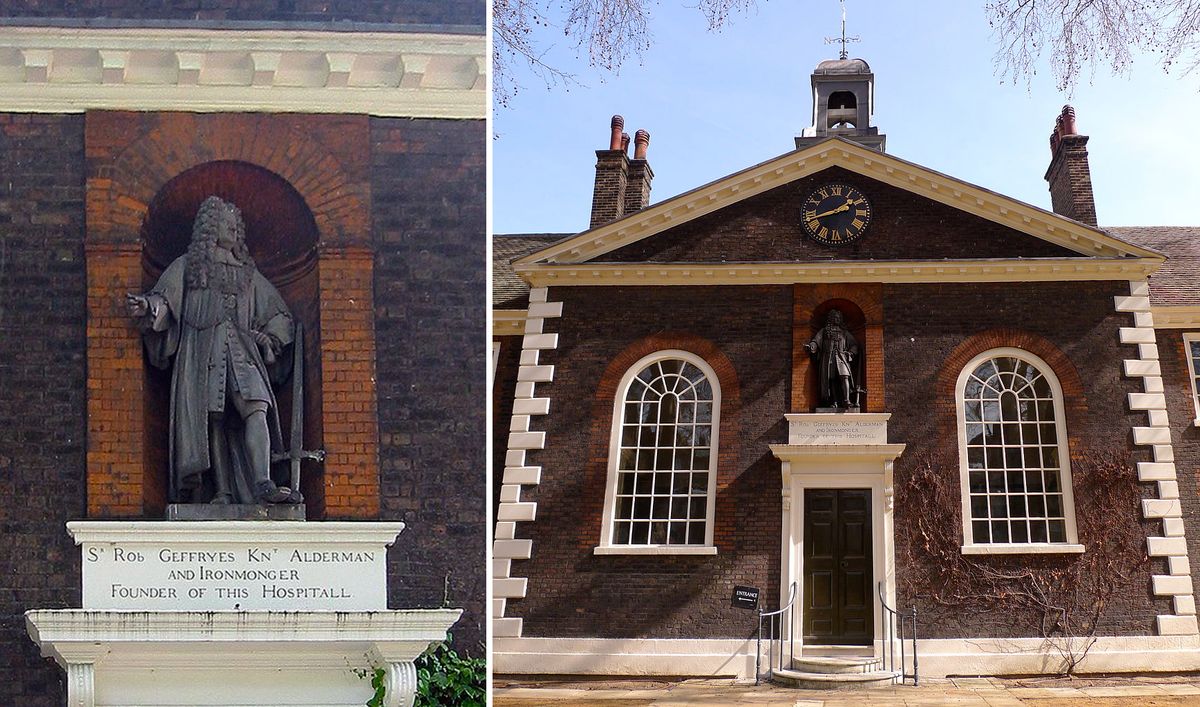The statue of slave trader Robert Geffrye that stands at the front of the Museum of the Home in east London may be moved to a different on-site space after trustees voted last month to relocate the controversial sculpture.
The benefactor of the almshouses and former namesake of the museum, Geffrye was an English merchant who made part of his wealth from slavery. Last year, the majority of respondents in a public consultation said they wanted the statue removed.
"We believe there is potential to retain the statue on site but in an alternative and less prominent space, where we can better tell the full story of the history of the buildings and Robert Geffrye's life, including his involvement in transatlantic slavery," the museum says in a statement.
"We are confronting, challenging and learning from the uncomfortable truths of the origins of the museum buildings, to fulfil our commitment to diversity and inclusion," the statement adds. Geffrye is not connected to the founding of the museum or its collections, the museum stresses.
As a Grade I listed building, there is however legislation that the museum must take into account regarding re-siting the statue. “The museum will work closely with its stakeholders as anticipated additional guidelines are issued by the Department of Digital, Culture, Media and Sport on effective decisions concerning heritage, as well as the process around Listed Building consent,” the museum adds.
Following the public consultation, museum trustees decided it would be re-contextualised and not removed, amid pressure from the then UK culture secretary, Oliver Dowden, to “retain and explain” colonial heritage. “In July 2020 the board of trustees of the museum decided to keep and explain the statue of Robert Geffrye in its current position,” says an online museum statement.
Sonia Solicari, the museum’s director, told a parliamentary culture committee on 6 October last year: “The museum would ideally be free to act with integrity and in the best interests of its beneficiaries. It is highly unusual for government to take such a strong view in a matter which should normally be a curatorial decision.”
Protests erupted in June when the museum re-opened following refurbishment, led by the Labour MP and former UK shadow home secretary Diane Abbott. A text panel beneath the statue and audio guide highlights Geffrye’s slavery links.


